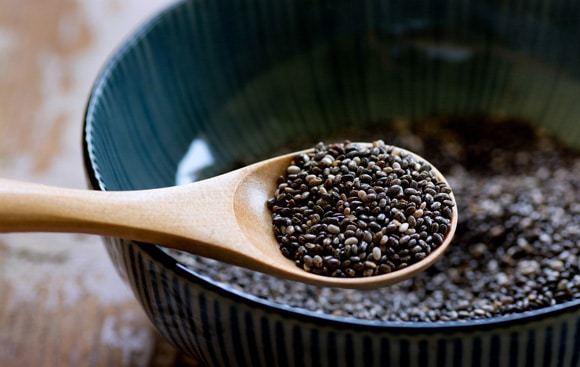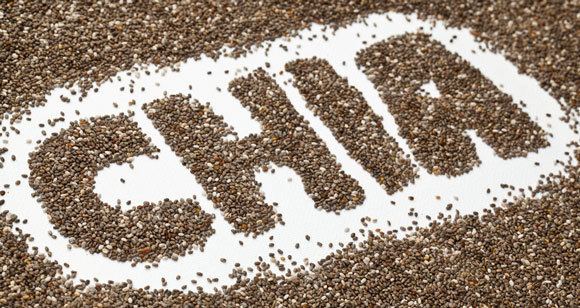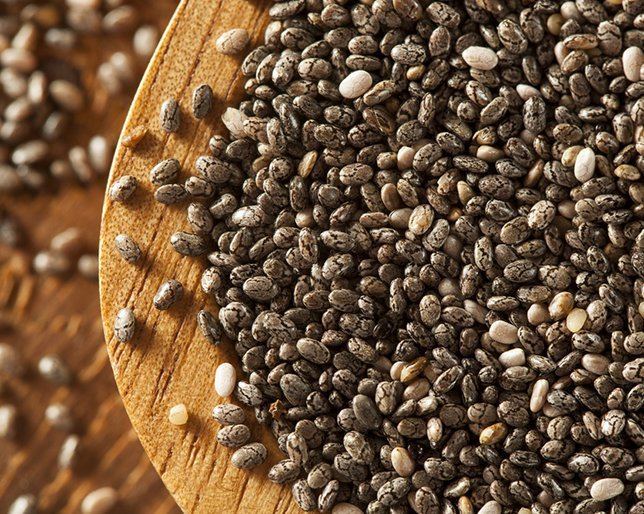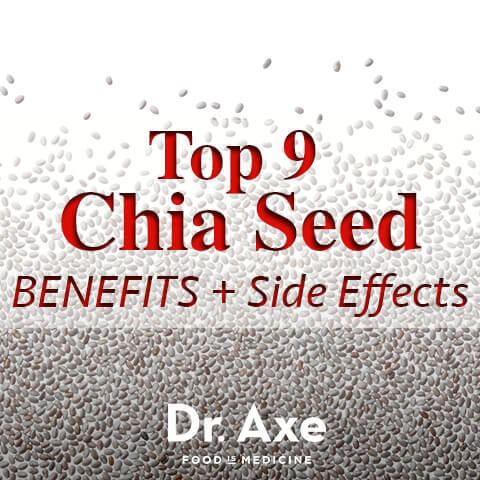 | ||
Similar Chia, Almond milk, Almond butter, Flax, Greek yogurt | ||
How to eat chia seeds 3 ways chia seeds benefits
Chia seed is obtained most commonly from Salvia hispanica of the Lamiaceae family. Other plants referred to as "chia" include "golden chia" (Salvia columbariae) and the flowering herbaceous perennial Salvia polystachya, which is rarely cultivated and the seeds are not used. The seeds of Salvia columbariae are used medicinally and for food.
Contents
- How to eat chia seeds 3 ways chia seeds benefits
- Health chia seed recipes
- Description
- Nutrient content and food uses
- Preliminary health research
- Drug interactions
- Decorative and novelty uses
- References

The sixteenth-century Codex Mendoza provides evidence that it was cultivated by the Aztec in pre-Columbian times and economic historians say it may have been as important as maize as a food crop. It was given as an annual tribute by the people to the rulers in 21 of the 38 Aztec provincial states. Chia seeds served as a staple food of the Nahuatl (Aztec) cultures of Central Mexico. Jesuit chroniclers placed chia as the third most important crop in the Aztec culture, behind only corn, beans, and ahead of amaranth. Offerings to the Aztec priesthood were often paid in chia seed.

Ground or whole chia seeds are still used in Paraguay, Bolivia, Argentina, Mexico, and Guatemala for nutritious drinks and food. Today, chia is cultivated on a small scale in its ancestral homeland of central Mexico and Guatemala. Chia is grown commercially in Argentina, Bolivia, Ecuador, Guatemala, and Mexico.

Health chia seed recipes
Description

Chia is grown commercially for its seed, a food rich in omega-3 fatty acids since the seeds yield 25–30% extractable oil, including α-linolenic acid. The composition of the fat of the oil may be 55% ω-3, 18% ω-6, 6% ω-9, and 10% saturated fat.
Typically, chia seeds are small ovals with a diameter of approximately 1 mm (0.039 in). They are mottle-colored with brown, gray, black, and white. The seeds are hydrophilic, absorbing up to 12 times their weight in liquid when soaked. While soaking, the seeds develop a mucilaginous coating that gives chia-based beverages a distinctive gel texture.
Chia (or chian or chien) has mostly been identified as Salvia hispanica L. Today, chia is grown and consumed commercially in its native Mexico and Guatemala, as well as Bolivia, Argentina, Ecuador, Nicaragua, and Australia. New patented varieties of chia have been developed in Kentucky for cultivation in northern latitudes of the United States.
Seed yield varies depending on cultivars, mode of cultivation, and growing conditions by geographic region. For example, commercial fields in Argentina and Colombia vary in yield range from 450 to 1250 kg/ha. A small-scale study with three cultivars grown in the inter-Andean valleys of Ecuador produced yields up to 2300 kg/ha, indicating that favorable growing environment and cultivar interacted to produce such high yields.[20] Genotype has a larger effect on yield than on protein content, oil content, fatty acid composition, or phenolic compounds, whereas high temperature reduces oil content and degree of unsaturation, and raises protein content.
Nutrient content and food uses
A 100-gram serving of chia seeds is a rich source of the B vitamins thiamine and niacin (54% and 59%, respectively of the Daily Value (DV)), and a good source of the B vitamins riboflavin and folate (14% and 12%, respectively). The same amount of chia seeds is also a rich source of the dietary minerals calcium, iron, magnesium, manganese, phosphorus, and zinc (more than 20% DV) (table).
Chia seeds may be added to other foods as a topping or put into smoothies, breakfast cereals, energy bars, granola bars, yogurt, tortillas, and bread. In 2009, the European Union approved chia seeds as a novel food, allowing chia to be 5% of a bread product's total matter.[11] Chia seed (tokhm-e-sharbatī, meaning "beverage seed") is used to prepare a sharbat (cold beverage) in Iran.[citation needed]
They also may be made into a gelatin-like substance or consumed raw. The gel from ground seeds may be used to replace as much as 25% of the egg content and oil in cakes while providing other nutrients.
Mexican agua fresca made of chía
Preliminary health research
Although preliminary research indicates potential health benefits from consuming chia seeds, this work remains sparse and inconclusive. In a 2015 systematic review, most of the studies did not demonstrate a statistically significant effect of chia seed consumption on cardiovascular risk factors in humans.
Drug interactions
No evidence to date indicates consuming chia seeds has adverse effects on or interacts with prescription drugs.
Decorative and novelty uses
During the 1980s in the United States, the first substantial wave of chia seed sales was tied to Chia Pets. These "pets" come in the form of clay figures that serve as a base for a sticky paste of chia seeds; the figures then are watered and the seeds sprout into a form suggesting a fur covering for the figure. About 500,000 chia pets a year are sold in the U.S. as novelties or house plants.
